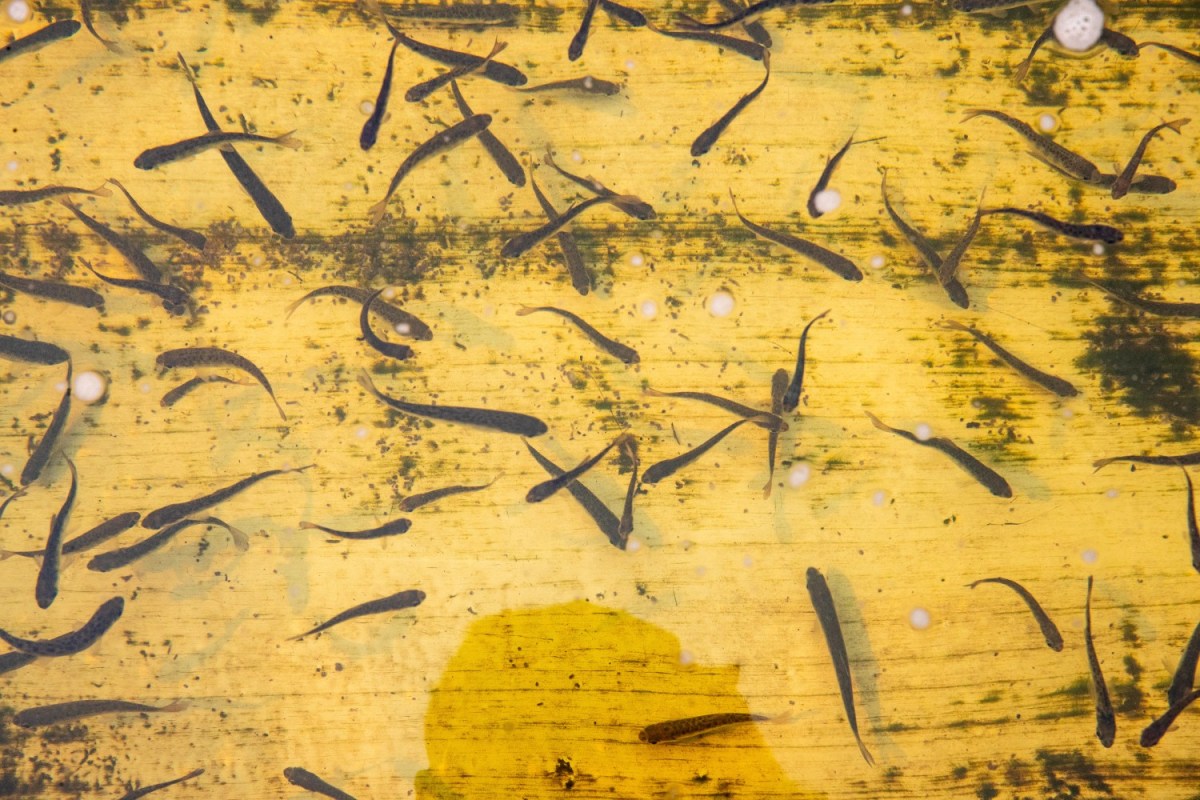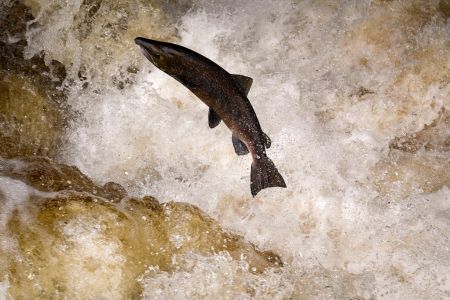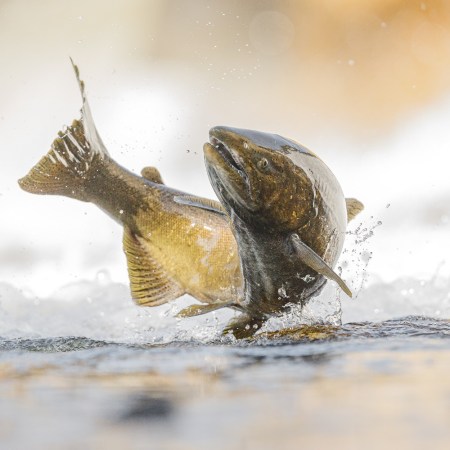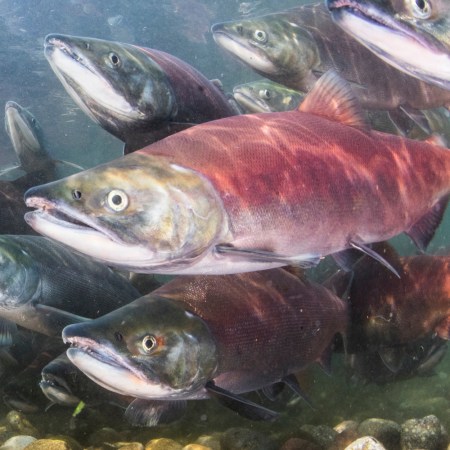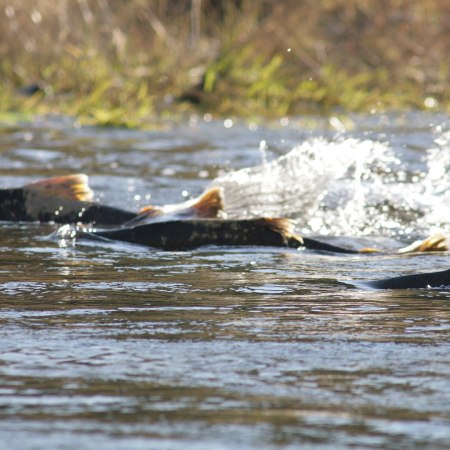When dealing with extreme weather and an ever-shifting landscape, wildlife management professionals often need to use unexpected methods to help keep a region’s salmon population thriving. But even the most detailed plans can sometimes go very awry, as a recent announcement from the California Department of Fish and Wildlife recently made clear.
At the heart of the news was the release of nearly a million (specifically, 830,000) young Chinook salmon into the Klamath River in late February. As the Department of Fish and Wildlife revealed this week, the salmon released in February are presumed to have died as a result of gas bubble disease— probably when the young salmon traversed the Iron Gate Dam tunnel.
Both the tunnel and the dam itself are slated for removal later in 2024, the Department of Fish and Wildlife stated in their announcement.
If you’re unfamiliar with gas bubble disease, it’s relatively self-explanatory — and precisely what its name would indicate. The Spruce’s Jessie Sanders described it as “a condition where microbubbles develop within the tissues and blood vessels due to gas supersaturation in the water” — and compared it to the bends, albeit for fish.
Drought Conditions Pose Existential Crisis for California’s Salmon
Could a storied species vanish?The state agency overseeing the salmon release noted that other populations of young salmon that did not pass through the tunnel in question have survived. With an eye towards future salmon releases, the Department of Fish and Wildlife plans to release young salmon below the dam in the future. It’s worth mentioning that the 830,000 salmon involved in this incident may seem like a lot, but — as Smithsonian Magazine revealed — it’s less than a third of the total salmon slated for release as part of this year’s program.
This article appeared in an InsideHook newsletter. Sign up for free to get more on travel, wellness, style, drinking, and culture.
